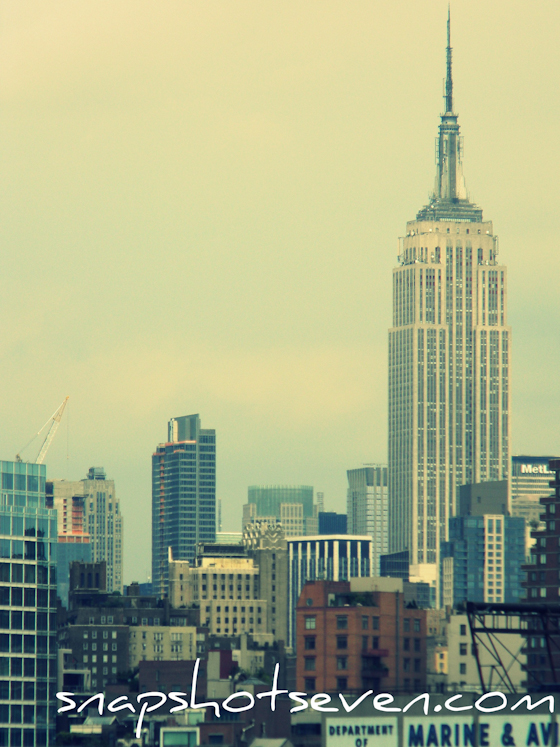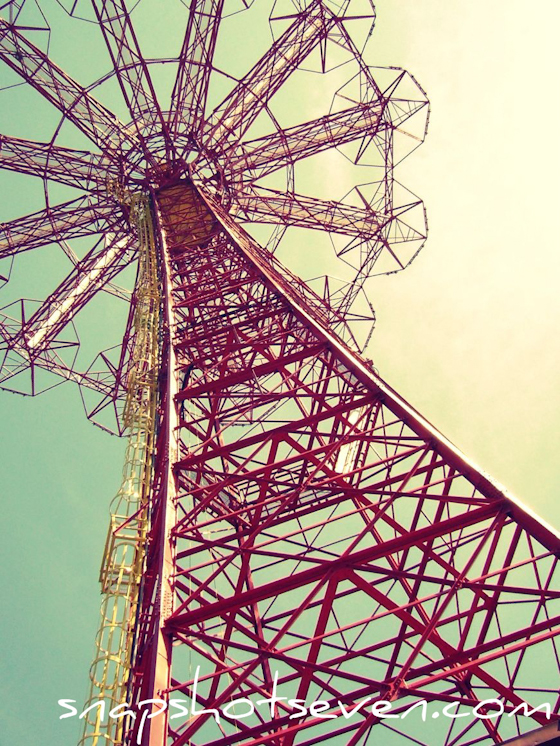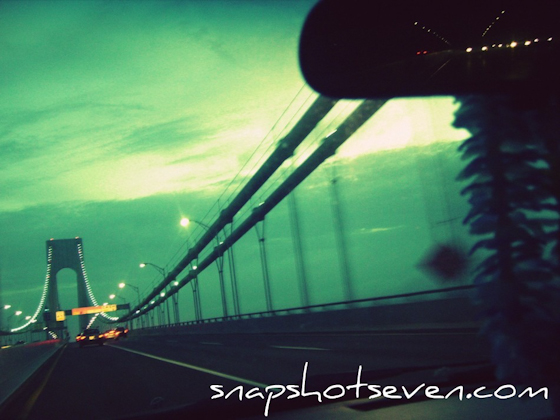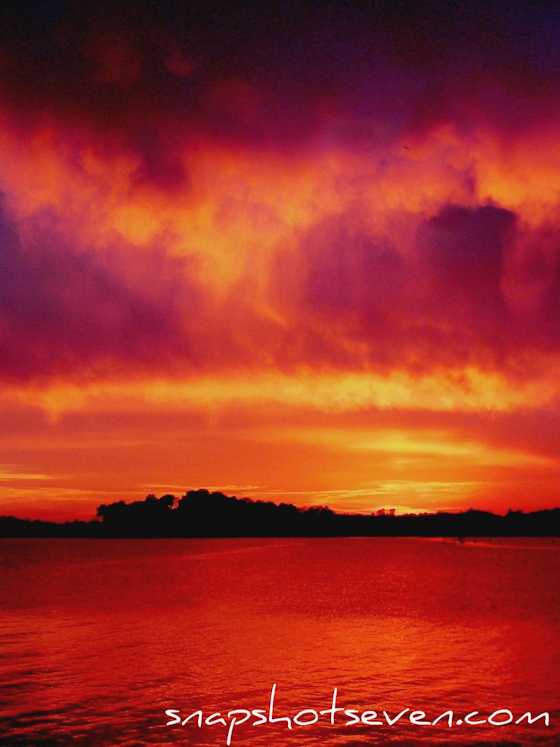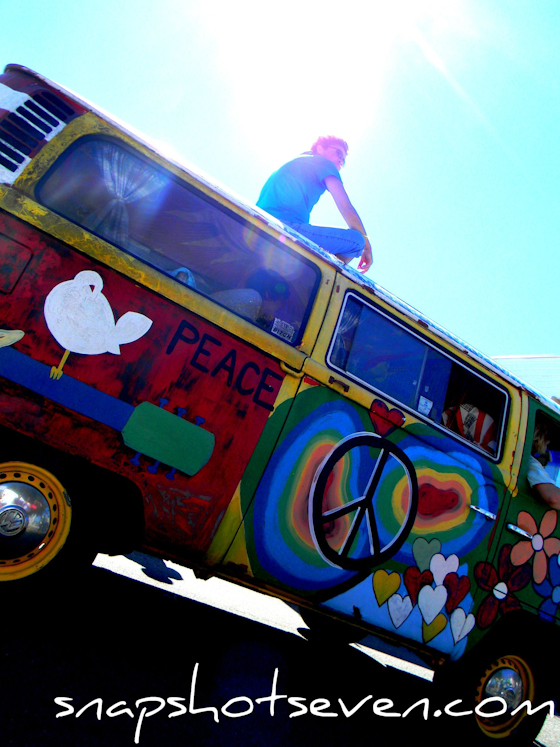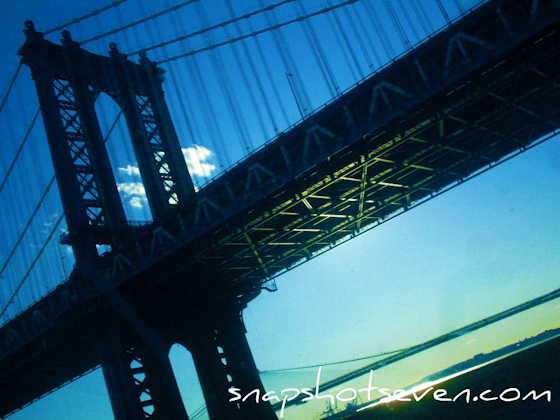Nature, Movement and Structure. No Professional Photographers Required.
I’ve always been a visual person. Whether it’s trying to evoke a memory or understand driving directions, it’s the visuals that get me there. And over time, I’ve stored away so many visual representations of my favorite places that my brain has become some sort of fantastical montage of locations I can’t even pinpoint anymore. At this point it’s probably even filled with images of places I haven’t been. So I’ve become obsessed, for lack of a better term, with capturing visuals to accompany these images I’ve stored away in my mind. If I can’t figure out what I’ve been searching for this whole time, maybe I can create it.
For me photography really is just about capturing. Sometimes we find ourselves in moments that feel less than significant at the time, but one snap of the camera can provide a magnificent souvenir later on.
The defining moment in my photography obsession came during a visit to Manhattan with my dad in 2001. It was September 9th and we were on a Sunday excursion trying to enjoy the last of the summer weather. When we left the city that night, my dad chose to take the Lincoln Tunnel home as opposed to the Battery Tunnel, which was his usual. As we rounded the exit of the tunnel and stared straight at New York City, the twin towers stood there right before us, tall and strong and glowing this epic glow from the touch of the setting sun. I scurried to find my camera tucked away at the bottom of my bag but by the time I got it out, we’d pushed through all the traffic and I had lost my perfect shot. I was disappointed but said “oh well, I’ll get it next time.” Except there wasn’t a next time.
My camera hasn’t seen the bottom of my bag since that night. Now, with everything from the perfect beach sunset to the tallest meaningful structure, I try to capture it before it goes away. Even the Coney Island Parachute Jump (below) doesn’t seem safe, despite its designation as a NYC landmark. With all of the changes Coney Island has been making, this tower, which can be seen from my home on Staten Island and represents blissful childhood summers, might not be there forever.
There are three main subjects I focus on with the lens of my Nikon; nature, movement and structure
Structurally speaking, I like to be close. So often we see things from afar, the Coney Island Parachute Jump is a prime example. While I’ve seen it up close, it’s stored in my memory as an entire piece from across the New York Bay. So when I photograph it, I want to get as close as I can to almost dissect what I’ve been staring at all these years. Seeing the freshly painted bright red lines and bars, the yellow ladder, all of the aspects that make up the total structure, is really amazing. Feeling so extremely insignificant in size is pretty awesome, too.
If I can’t get close to my subject, I try to capture the relationship between it and its surroundings. With the Empire State Building photo above, I couldn’t get close because I was on a boat in the East River. So I tried absorbing all of the colors, shapes and sizes of the surrounding buildings and let them play off of the main focus of the photo. The funny thing about structures like the Empire State Building is they can look vastly different just based upon their surroundings. When I’m at its front doors, I’m overwhelmed with silver. From this angle, with the compliment of the scene, it looks far more earthy.
Even my appreciation for movement comes with the hidden agenda of showcasing a structure. Sure I get excited with the perfect action shot during a basketball game or my favorite artist’s concerts. But my Tony Lucca photos don’t get me quite as excited as the ones I get while moving across a bridge. My fascination here probably began with the Brooklyn Bridge, one of the most beautiful man-made structures I’m aware of. But I soon developed an appreciation for the flow of even the Verrazano Bridge, which I used to find utterly unattractive. There’s something about the stark lines against the natural backdrop, the shadows the beams create from one another, the color play from headlights or sun light. It’s a very man-made meets organic kind of feel and the movement just plays off the fast-paced tempo of New York City.
Most of my photos are of natural landscapes. The ocean amazes me with its vastness and the sky amazes me with its colors at certain times of the day. Add in a few clouds and you’ve got yourself a masterpiece without even trying. Photography techniques come and go with me. The Rule of Thirds is definitely something I try to remember always, but for me it’s less about terms and more about simply how it looks. Keeping things left or right of center, or creating shape within the subject itself goes a long way. Getting a nice reflection of a rising sun (or moon) on the water, the right positioning of clouds or even just a shadow can create a dynamic photo. When photographing nature, nature will do all of the work. All YOU have to do is find it. And with that, I find it safe to say that most all of my nature-inspired photos go unedited.
Angles and Editing
Sometimes changing the angle of the camera feels cliché to me. But that doesn’t necessarily stop me from doing it because I love a good crooked photo. I took the “CannaBus” photo at the Irish Day Parade in Long Beach NY on a gorgeous day on October. The van stopped right in front of me and I got plenty of photos from my eye level but decided to capitalize on the fact that it was idle for a few seconds. With the sun right over head bouncing off the beautiful colors of the van, I got on the ground and started shooting upwards … and sideways. This angle proves far more entertaining both from being below the subject but also tilting a bit.
Editing comes later in most instances, but the majority of what I edit only pertains to coloring. My camera, while sophisticated, isn’t enough so that I can use filters. So I resort to computer editing through various programs and internet-based services. Sometimes a quick “cross processing” effect from picnik.com goes a long way. It’s simple but makes the world of a difference.
If you’re looking at your photos and they seem a little stale, use an editing program to rotate it a bit. Edit in an angle that you didn’t get while capturing the photo and you might see it go from bland to dynamic in seconds.
While capturing the realism is important, there’s also that fantastical part of my brain I’m trying to appeal to, so a little photoshopping doesn’t hurt. I like to call it a simple mix of honesty and color distortion.
But I’m a firm believer that we all have the potential to be great photographers, even without an extreme wealth of technical knowledge. Whether you’re snapping shots of your favorite skyline, enjoying a natural scene or trying to master the art of live music photography, just come prepared with a decent camera, creativity and a willingness to tap into the visual, imaginative part of your brain. We all like looking at aesthetically pleasing things, so it shouldn’t be entirely difficult to capture it on film. Or memory card.
Vanessa Rose is the owner and creator of two blogs, www.7duckets.com and www.snapshotseven.com. She has worked in the SEO field for 2 years while simultaneously honing her music editorial skills and has been enjoying photography ever since she realized capturing people on film when they least expect it leads to entertaining photo albums.

